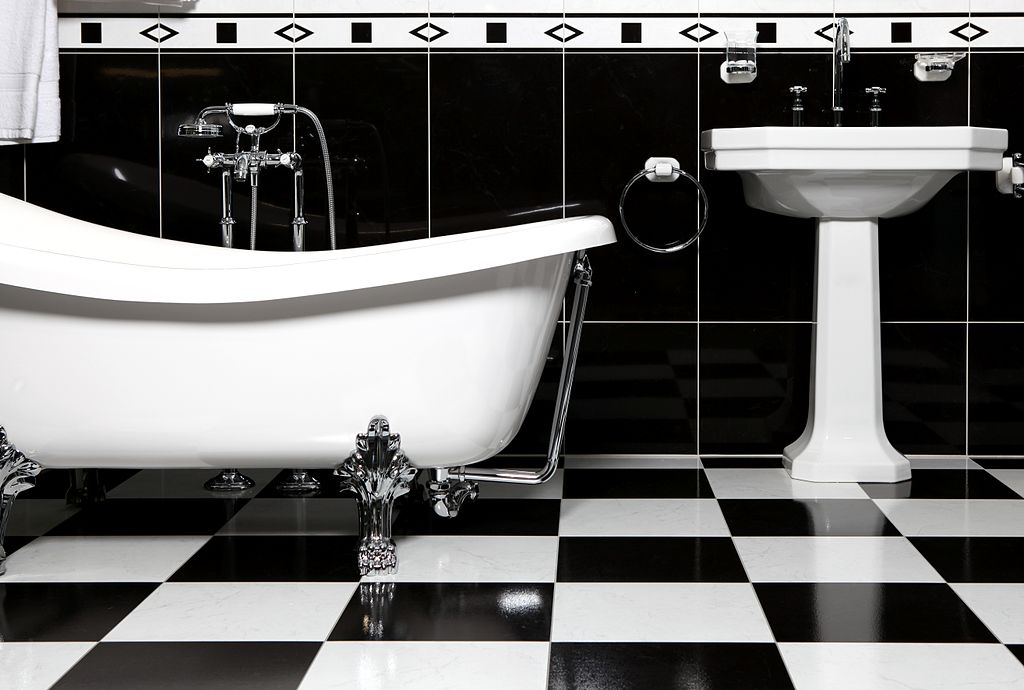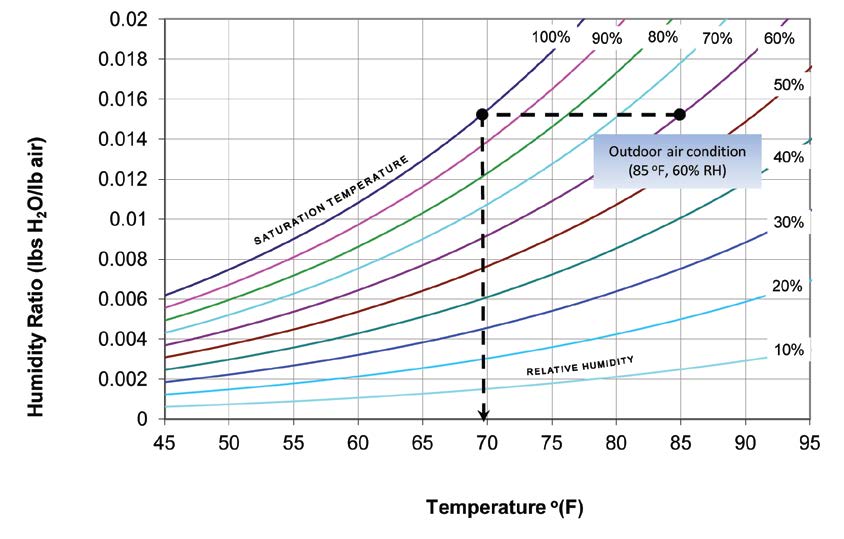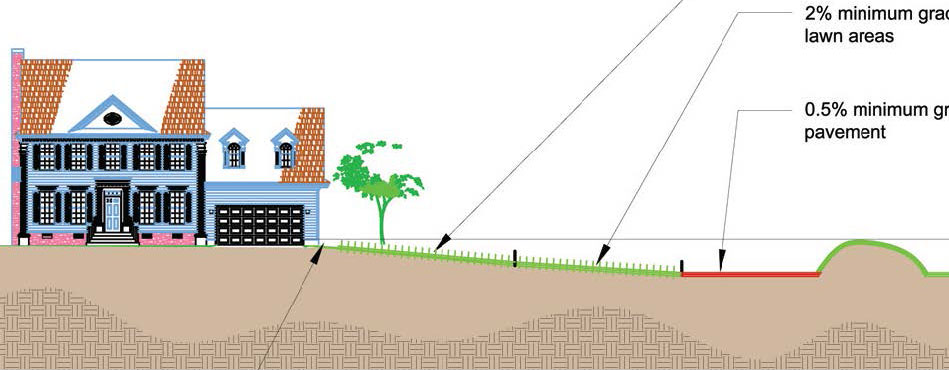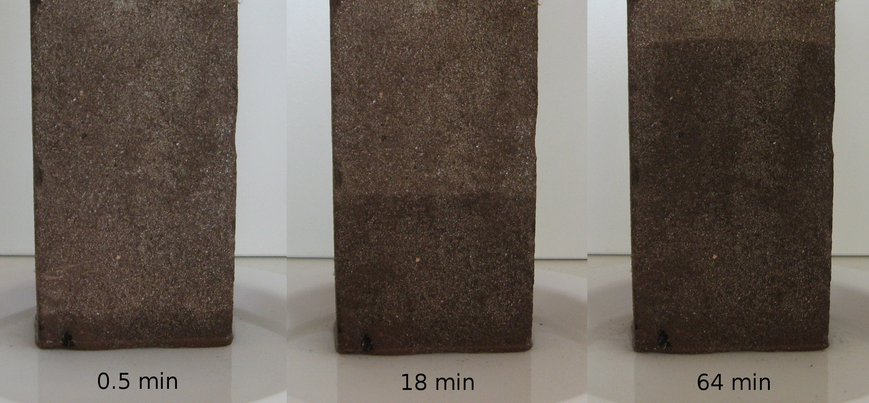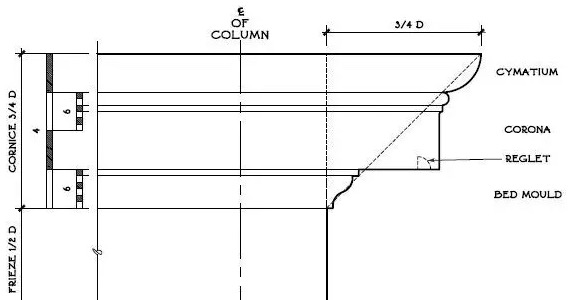In Moisture Management: Three Design Rules, we identified three targets for your moisture control hit list:
- Control liquid water
- Manage condensation
- Use moisture-resistant materials for wet locations
We are going to take a closer look at the last item: Use moisture-resistant materials for wet locations
The final moisture control principle is to use building materials that can withstand repeated wetting in areas that are expected to get wet.
— EPA Water Management Guide
Moisture resistance can include both tolerance and intolerance—they can hack a little water, but they must shed it as quickly as possible.
Because drainage means dryage.
It is most important in areas that could encompass much of a house:
- Parts of a house that will get wet by design
- Parts of a house that are likely to get wet by accident
Rooms that jump in puddles
Some rooms have 'getting wet' in their job descriptions: bathrooms, laundry rooms, kitchens, mudrooms. In these wet rooms, it is important to use durable, moisture-tolerant surfaces, like stainless steel, copper, stone, tile. These materials contain nothing that mold or bacteria can eat, nowhere for mold and bacteria to live, and they're stable in wet/dry cycles: they don't swell and shrink like wood does.
Wood and drywall both provide room and board to mold and bacteria. This can lay a path to long-term rot, which can lead to structural failure if things get out of hand. For these reasons, it is good to use less drywall and pine and to look for more durable alternatives:
- Nonpaper-faced drywall (DensGlas, )
- Durable wood species (white oak, cyprus, tropical hardwoods).
- Marine-grade finishes (Spar Urethane, )
- Fibercement board tile backer and subfloor
Rooms that have 'accidents'

Other rooms get wet 'by accident.' They seemingly have no control over whether they stay dry or get wet: rooms with below grade walls and floors, rooms with plumbing chases, rooms with ceilings that have plumbing lines in them.
To be fair though, even the puddle-jumping rooms have accidents.
Cut down on these accidental disasters with these five rules:
- Use stainless steel supply lines for laundry, sinks, and toilets. Always.
- Construct extremely good footing drains on new construction and additions.
- Have a surface water management plan that works (gutters and downspouts with drains that lead to daylight downhill of the house).
- Install an interior perimeter drain in below-grade living space with a sump pump in case of emergencies.
- Follow the materials guidance above for all below-grade rooms.
To sum it up, EPA points us to ASTM D3273-00 (2005) Standard Test Method for Resistance to Growth of Mold on the Surface of Interior Coatings in an Environmental Chamber. Builders and designers can ask manufacturers for results of these tests to learn the moisture-resistance properties of their building materials.
<code>
2012 IRC:
- SECTION R317 PROTECTION OF WOOD AND WOOD BASED PRODUCTS AGAINST DECAY
- SECTION R322 FLOOD-RESISTANT CONSTRUCTION
- SECTION R405 FOUNDATION DRAINAGE
- SECTION R406 FOUNDATION WATERPROOFING AND DAMPPROOFING
- SECTION R702 INTERIOR COVERING
- SECTION P3302 SUBSOIL DRAINS
- SECTION P3303 SUMPS AND PUMPING SYSTEMS
